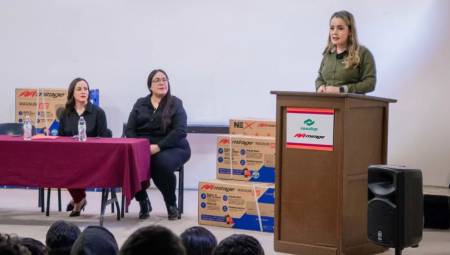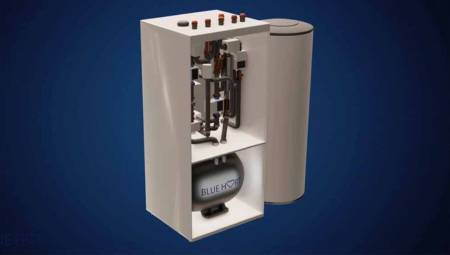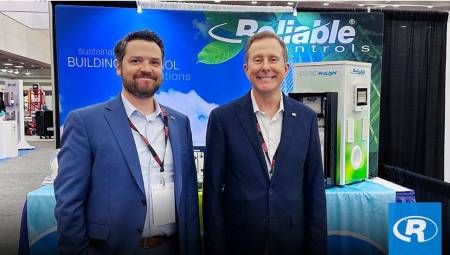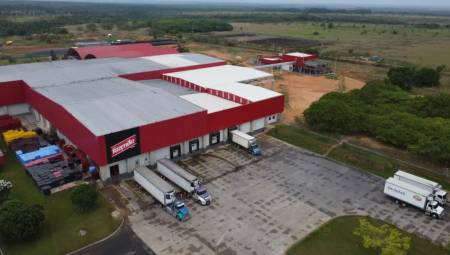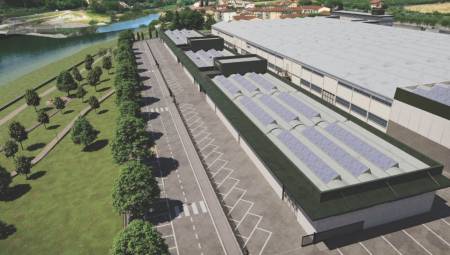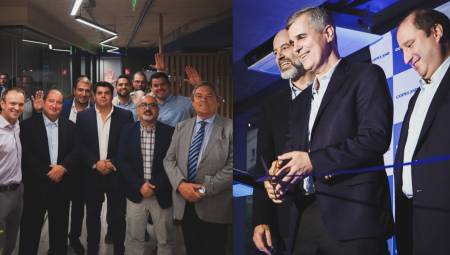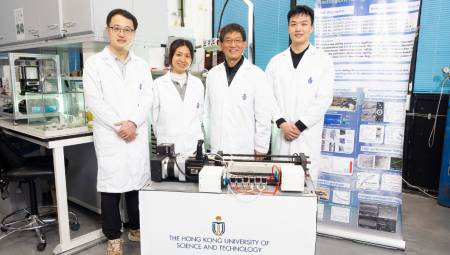 Spain. The Swift Research Group (Solar and Wind Feasibility Technologies) of the University of Burgos (UBU) carried out an experimental study to measure the solar radiation received by the facades of buildings, which was carried out in the city of Burgos.
Spain. The Swift Research Group (Solar and Wind Feasibility Technologies) of the University of Burgos (UBU) carried out an experimental study to measure the solar radiation received by the facades of buildings, which was carried out in the city of Burgos.
The results have allowed us to know the exact amount of solar energy obtained on the facades and determine that vertical photovoltaic installations are perfectly viable.
In statements to the scientific dissemination agency Dicyt, Cristina Alonso Tristán, professor at the UBU and researcher of the group, explains that in recent years photovoltaic panels have been developed that can be adapted or integrated into buildings, such as photovoltaic glass, which replace traditional window panes or can be integrated into the glazed facades of large buildings. There are also "developments to incorporate awnings, canopies, the slats of the blinds or that are integrated directly, replacing part of the wall, as if it were a decorative material of the façade", details the researcher.
These products can already be seen in many buildings, new or rehabilitated, for public use or residence. But is it known exactly how much solar energy they receive?
"When designing a photovoltaic installation, one of the key aspects for its maximum efficiency is that the panels are properly placed and receive the maximum amount of solar radiation possible. And this depends on the latitude in which the installation is located and the day of the year, "says Alonso. However, the data currently used to size photovoltaic installations are those obtained for the horizontal plane, those that are usually measured in weather stations.
To the rhythm of the seasons
In order to determine the exact amount of solar energy obtained in the facades, the team from the University of Burgos experimentally measured the total energy received on vertical surfaces oriented in the four cardinal directions (north, south, east and west), using an installation they have at the Higher Polytechnic School of Burgos. In total, they carried out measurements for 45 months continuously, following very restrictive quality standards to ensure that the data were reliable, as explained by the researcher to Dicyct.
The results indicate that vertical photovoltaic installations are completely viable. "Although the buildings consume continuously, the facades receive energy at different times depending on their orientation. We have obtained that, in the winter months, the south façade receives more energy than the horizontal surface in the same location, so an installation on that façade would produce more than the one placed on the roof, "says the UBU researcher.
Likewise, the east and west facades produce approximately half of the horizontal surface, "because one receives the morning sun and the other the afternoon", but between the two "the production could be distributed throughout the day". Even the north façade, he adds, produces about 25% of the horizontal surface in the same location.
Reliable models
The researchers also tried to determine, in places where these data do not exist, what is the best procedure for obtaining vertical surface radiation data from other magnitudes. To do this, they used two components of solar radiation – direct and diffuse radiation data – measured in the same facility at the same time as vertical surface data and applied different models that distinguish, among other things, the characteristics of the sky.
The team compared the vertical radiation data calculated by the models with those measured experimentally and selected the model that gets the least error. In this way, "it will be possible to properly size the photovoltaic installations on facades, even if we do not have real data on the energy received in those facades", underlines Alonso Tristán.
It is, in short, to properly combine the available surfaces and also take advantage of other advantages of the facilities, such as the improvement of the building envelope or even its aesthetics.
"We all know that the south orientation is always the sunniest, the one that receives the most hours of sunshine throughout the year, but the energy received in other orientations should not be underestimated. The surface available in cities is limited and, however, it is where we are most interested in having energy since it is where it is consumed. With our study, we analyze the possibilities of surfaces that, in principle, might seem unsuitable to accommodate photovoltaic installations. But the study is also important to know the thermal energy that is received through each façade and the natural lighting available, "he concludes.
Source: Renewable Energies.



